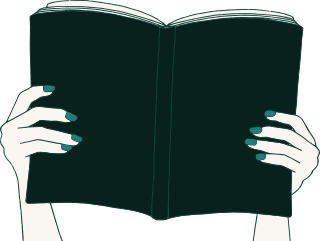Digital techniques haven’t been put to use that often in studies revolving around children’s literature. They do, however, allow for large-scale research possibilities concerning book collections, and they can reveal unexpected patterns. Take for example the analysis of Guus Kuijer’s oeuvre. His novels, and more specifically his novels for children, contain a striking number of explicit reflections and generalisations regarding age. The child characters in Kuijer’s books often judge behaviour that is ‘childish’: they guard ideas on what it means to be a child more than adult characters do. Of course, it’s important to combine ‘distant reading’, techniques by means of which the computer searches for patterns in large corpora, with ‘close reading’, carried out by researchers who pay attention to the specific context of the novel in question. It’s clear that digital text analysis is no longer in its infancy, and that it can make a valuable contribution to the study of children’s literature, which can in turn contribute to the study of age.
Haverals, Wouter & Vanessa Joosen. ‘Constructing Age in Children’s Literature: A Digital Approach to Guus Kuijer’s Oeuvre’.
The Lion and the Unicorn, vol. 45, no. 1, 2021, pp. 25–45.
doi: 10.1353/uni.2021.0002
